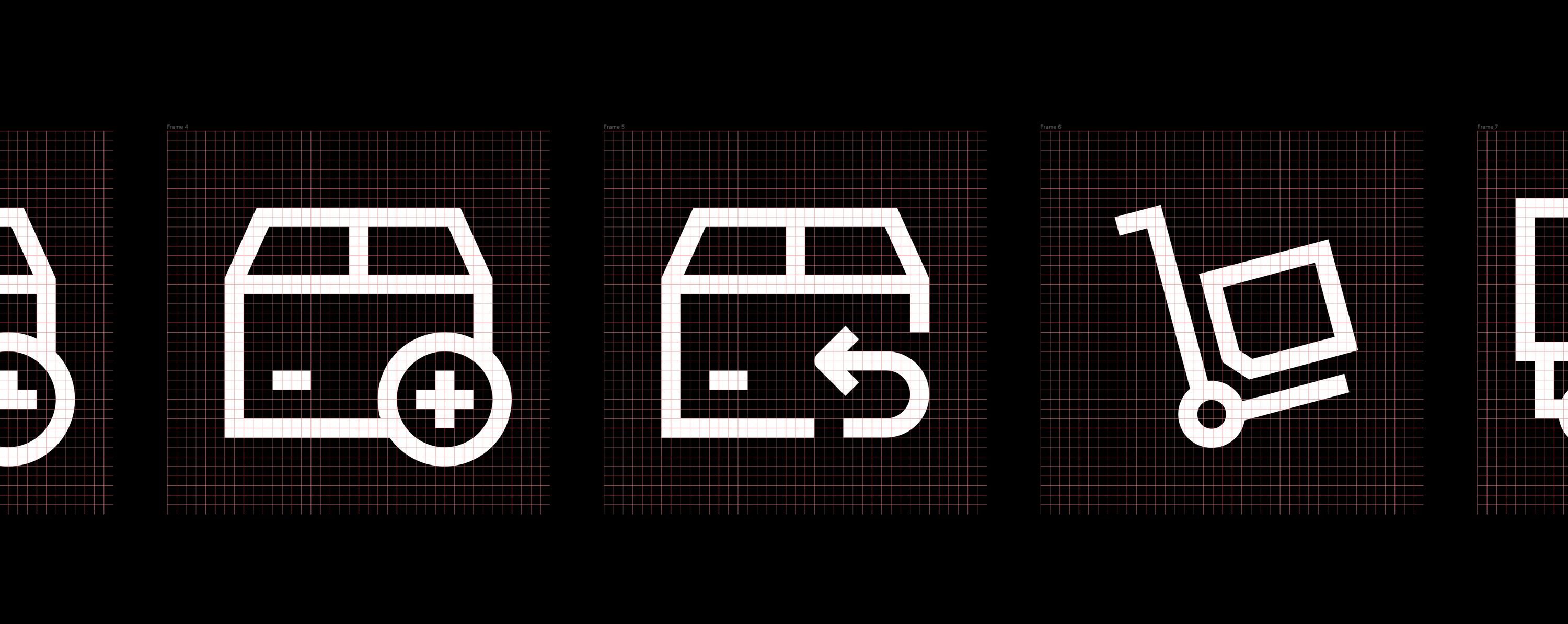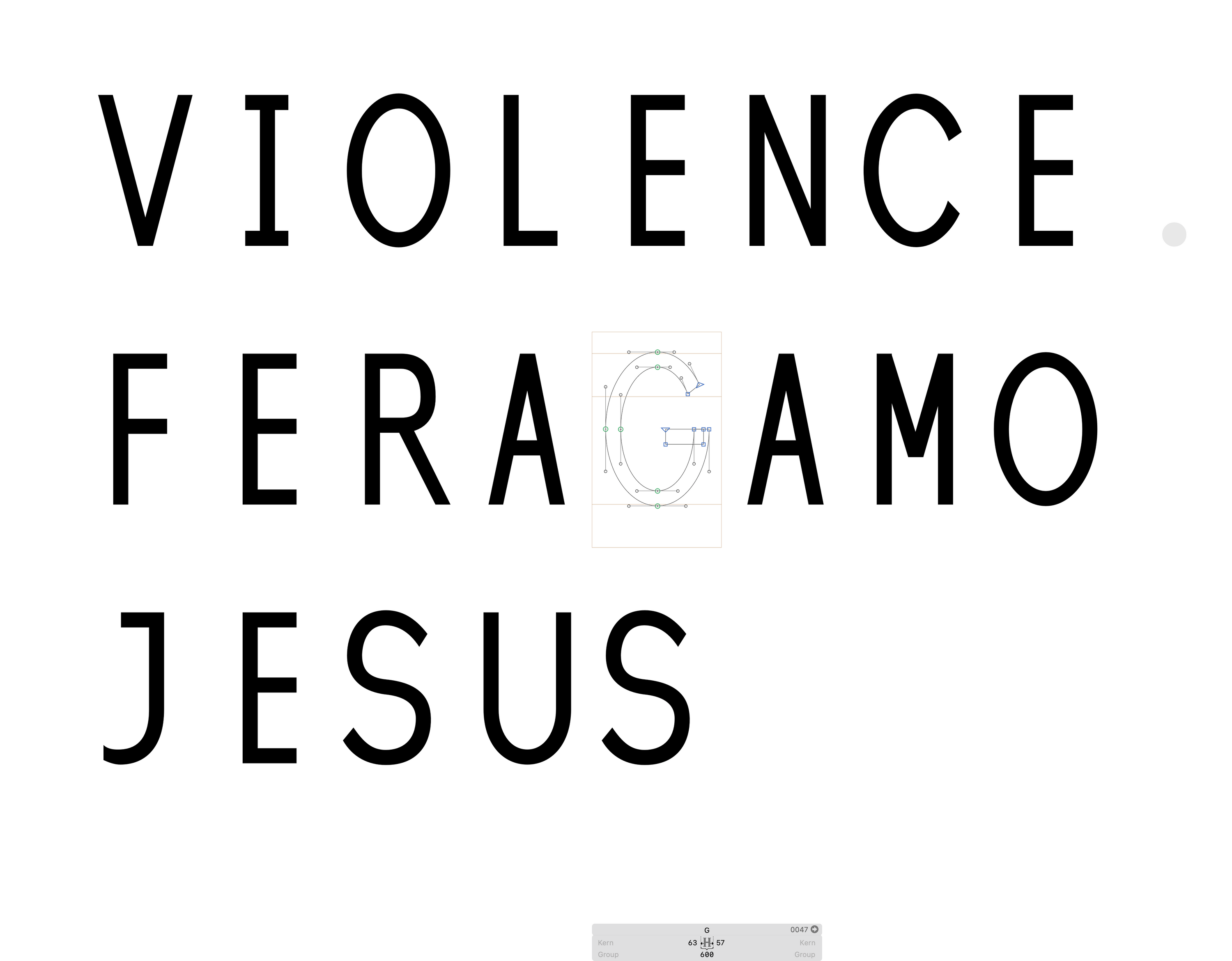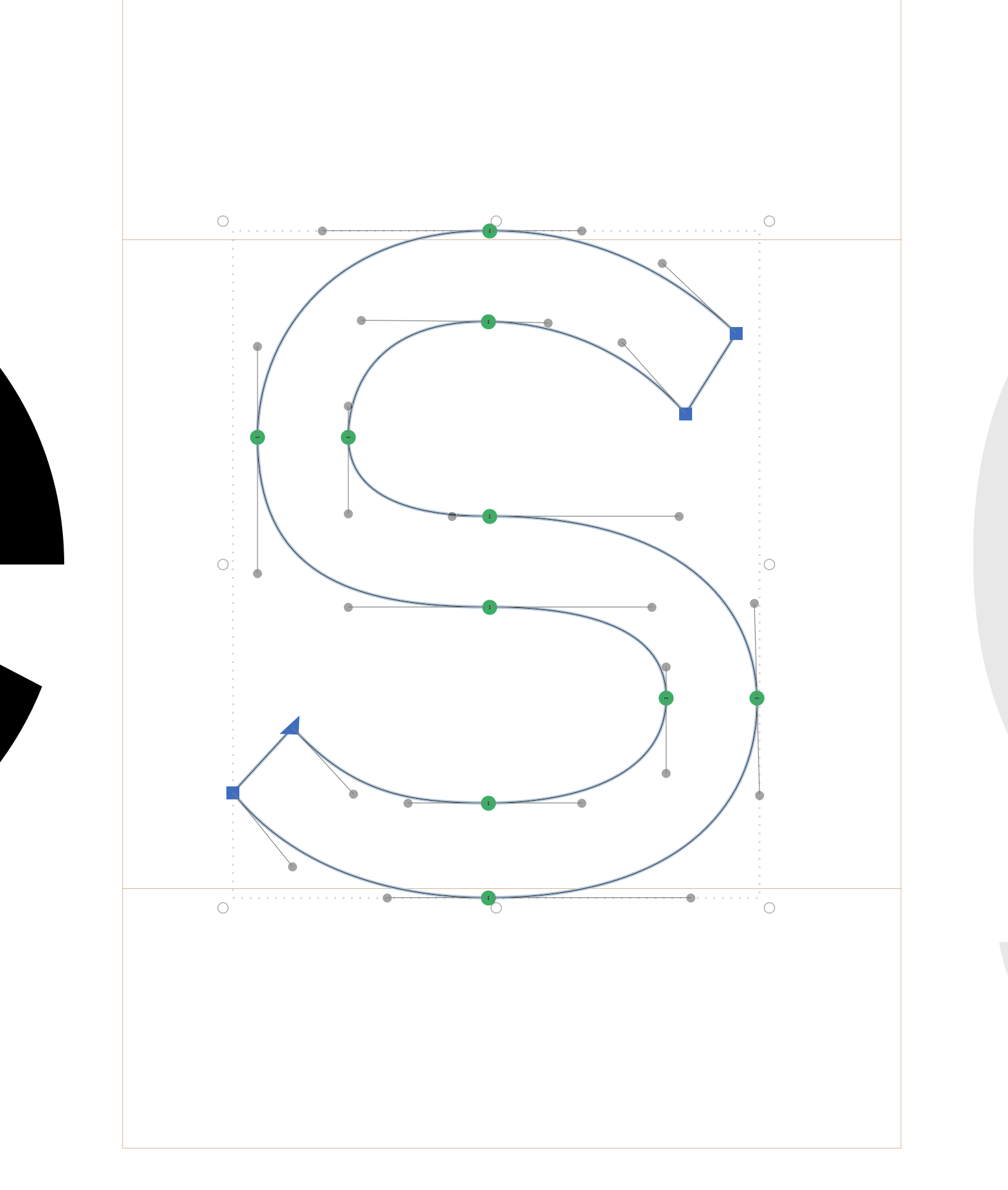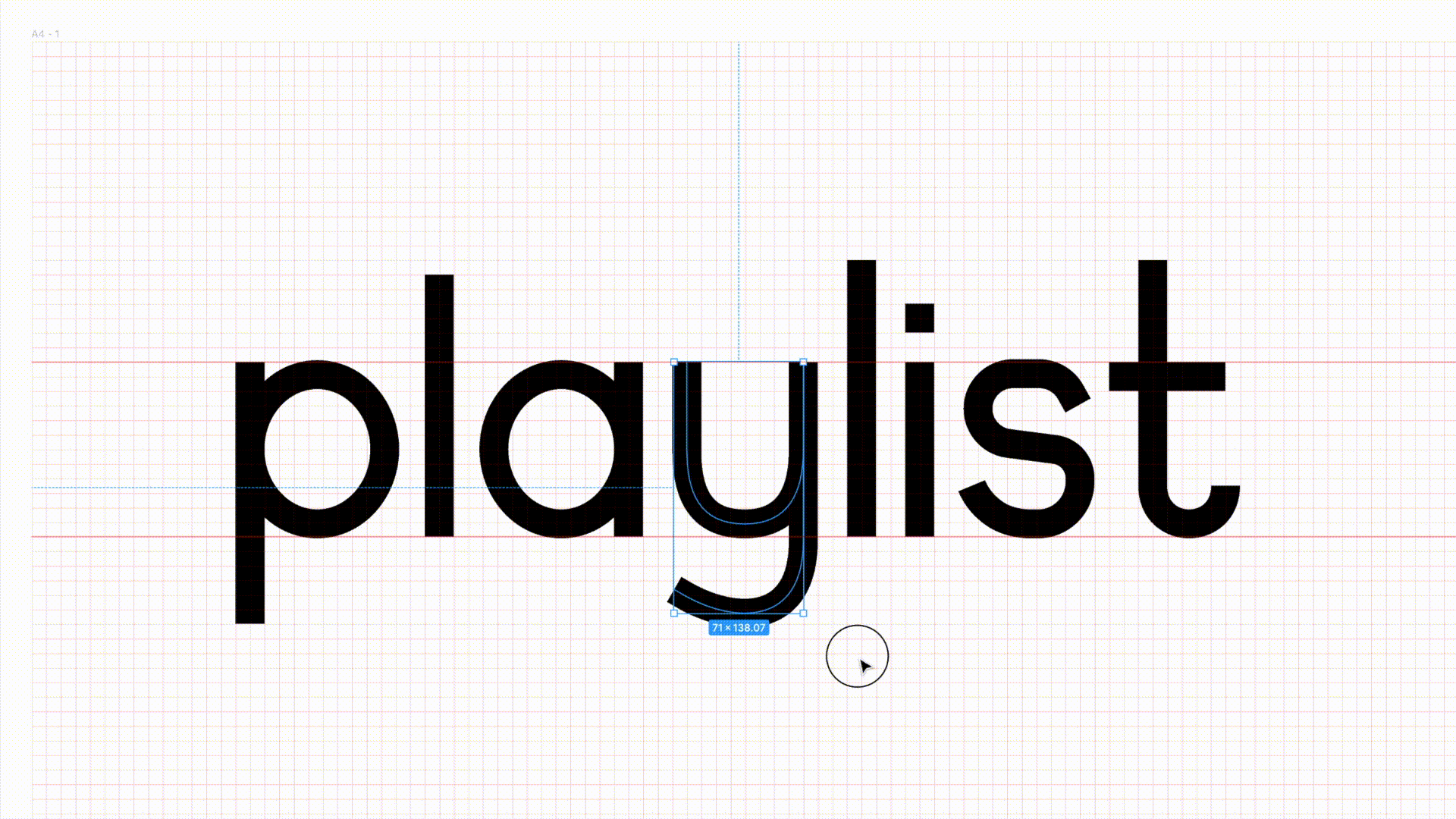Working with Templates | ServiceNow Developers
“Pages based on an original template will have a consistent look and feel, regardless of where they are used.”
(https://ift.tt/YQKO5nX) via Instapaper
Working with Templates | ServiceNow Developers
“Use page templates to create pages more quickly. Without a template, a developer needs to create a page completely from scratch. With templates, a developer can either:
Use the original template: The developer needs to pass parameters to the page to match the experience. Copy template contents: The developer has full control over the contents of the page but starts with an existing layout and content.”
(https://ift.tt/YQKO5nX) via Instapaper
If you have a complex project, follow “Gall’s law” — or it will fail
“A complex system that works is invariably found to have evolved from a simple system that worked,” Gall wrote. “A complex system designed from scratch never works and cannot be patched up to make it work. You have to start over with a working simple system.””
(https://ift.tt/tRxil9f) via Instapaper
Beyond design systems for interfaces: an megasystem of design systems
“Every team might be using the same interface design system, but it doesn’t guarantee a harmonious, coherent and consistent overall experience within one product. Not every organisation has a team dedicated to ensuring user journeys and service-level experiences, or processes that enable teams to connect effectively to ensure the re-usability of different components of a user journey. Team members and product managers often self-organise and attempt to harmonise features, journeys and experiences. In organisation with several products (customer-facing, or internal-facing), experiences can also be wildly different between products despite adhering to the same interface design system.”
(https://ift.tt/KoVc9Mq) via Instapaper
The Four Stages of Life
“Stage Two people get stuck because they feel as though they should always be doing more, doing something better, doing something new and exciting, improving at something. But no matter how much they do, they feel as though it is never enough.”
(https://ift.tt/wYFhC62) via Instapaper
The Four Stages of Life
“Stage Four is important psychologically because it makes the ever-growing reality of one’s own mortality more bearable. As humans, we have a deep need to feel as though our lives mean something. This meaning we constantly search for is literally our only psychological defense against the incomprehensibility of this life and the inevitability of our own death. To lose that meaning, or to watch it slip away, or to slowly feel as though the world has left you behind, is to stare oblivion in the face and let it consume you willingly.”
(https://ift.tt/wYFhC62) via Instapaper
The Four Stages of Life
“At some point we all must admit the inevitable: life is short, not all of our dreams can come true, so we should carefully pick and choose what we have the best shot at and commit to it.”
(https://ift.tt/wYFhC62) via Instapaper
The Four Stages of Life
“These are the “serial entrepreneurs” who are 38 and living with mom and still haven’t made any money after 15 years of trying. These are the “aspiring actors” who are still waiting tables and haven’t done an audition in two years. These are the people who can’t settle into a long-term relationship because they always have a gnawing feeling that there’s someone better around the corner. These are the people who brush all of their failings aside as “releasing” negativity into the universe or “purging” their baggage from their lives.”
(https://ift.tt/wYFhC62) via Instapaper
Design Matters From the Archive: Seth Godin | Design Matters
“One of the challenges so many of us have is that life is always uneven, and usually, when you’re in a slog, there’s someone around you you can look to, who’s not. But this is universal, and it’s been a slog. I don’t think many people are going to miss 2020, but it’s also been a chance to decide what’s important, and to lean harder into that stuff.”
(https://ift.tt/3zPwoLx) via Instapaper
Travel Advisory: REMINDER — On September 7, new measures for fully vaccinated international travellers to Canada will come into force - Canada.ca
“Beginning at 12:01 am EDT on September 7, 2021, fully vaccinated foreign nationals will be eligible to enter Canada for discretionary (non-essential) reasons, such as tourism;”
(https://ift.tt/3BI6x8C) via Instapaper
Travel Advisory: REMINDER — On September 7, new measures for fully vaccinated international travellers to Canada will come into force - Canada.ca
“as the volume of travellers has increased in recent months, the border test positivity rate has remained low. Between August 9 and 26, the positivity rate for fully vaccinated travellers randomly selected for testing at the border was 0.19% (112 positive tests out of 58,878 completed). While cases are currently increasing in Canada, the illness severity and hospitalization rates remain manageable as Canada’s vaccination rates continue to rise.”
(https://ift.tt/3BI6x8C) via Instapaper
Why I Am Still A Designer - Christopher Butler
“A designer, well-versed in a variety of sources of information and practices (synthesis, hello!), and confident in their discernment of many possible opportunities and threats, can make a uniquely savvy facilitator beyond the traditional “design” context. This is the heart of “Design Thinking” that I think is actually meaningful. A cross-disciplinary team where the role of the designer is to facilitate research or systemization, rather than to export “design”, could be far more effective. Designers need to see their objective as connecting rather than delivering. We do not export design. We integrate externalities.”
(https://ift.tt/3iTE4F9) via Instapaper
Just Blaze Posts Photo of ASR-10 Kanye West Used During Roc-a-Fella’s Heyday
““I remember one day when I was making beats in her crib, she told me, ‘Kanye, until you make money off this, it’s a hobby.’ But she’s never the type to say nothing negative toward music. She wanted to get me the keyboard with the big keys so I could learn how to play. The other keyboards had small keys, but that one had sequences on it so I could play and save it. But she didn’t buy me that one because it was $50 more. She was like, ‘I don’t want to pay for that.’ Then she turned around, totally redeeming herself, and she helped me get my ASR 10 keyboard.””
(https://ift.tt/3eLh7D1) via Instapaper
(45) The Myth of the Myth of the Unicorn Designer - Emesis
“If you accept the holistic view, then you have to accept that design itself is just a piece of a larger effort, which is to build something that changes the world. Design work that never gets built is not real; you cannot truly separate design from implementation.”
(https://ift.tt/3kXMHRE) via Instapaper
(45) The Myth of the Myth of the Unicorn Designer - Emesis
“The notion that you can’t be good at more than one practice is silly because most practices are themselves comprised of more granular skill sets. Typography teaches you about kerning, font pairing, and legibility. But typography itself is just one component of what we call graphic design, which is the unified application of many additional skills like color theory, layout design, and so on. We may call them different things, but that’s an abstraction to aid study and discussion. Their utility, and our primary concern, is in their function as part of a holistic system, where they work together to achieve an outcome. This never stops being true, no matter how far up the chain you go.”
(https://ift.tt/3kXMHRE) via Instapaper
Dear young designer
“If you’re discouraged by someone else’s success, or you worry that you’re not part of the design in-crowd, you’re spending too much time online. Sign out of Twitter and make something for yourself. The rest doesn’t matter.”
(https://ift.tt/3hnMl4W) via Instapaper
Advice for Young Scientists—and Curious People in General
““I cannot give any scientist of any age better advice than this: the intensity of the conviction that a hypothesis is true has no bearing of whether it is true or not.”
Richard Feynman famously said, “The first principle is that you must not fool yourself—and you are the easiest person to fool.” All scientists make mistakes sometimes. Medawar advises, when this happens, to issue a swift correction. To do so is far more respectable and beneficial for the field than trying to cover it up.”
(https://ift.tt/3bwnWa2) via Instapaper
IT IS OBSCENE: A TRUE REFLECTION IN THREE PARTS | Chimamanda Ngozi Adichie
“And so we have a generation of young people on social media so terrified of having the wrong opinions that they have robbed themselves of the opportunity to think and to learn and to grow.
I have spoken to young people who tell me they are terrified to tweet anything, that they read and re-read their tweets because they fear they will be attacked by their own. The assumption of good faith is dead. What matters is not goodness but the appearance of goodness. We are no longer human beings. We are now angels jostling to out-angel one another. God help us. It is obscene.”
(https://ift.tt/3ztN7nI) via Instapaper
How Four Tet Helped Madlib Make Something Totally New: A Solo Album
“Beyond his ability to find obscure loops, there’s an unpredictability to Madlib’s music that comes from his jarring beat shifts and strange sample flotsam. He never lets listeners settle too deeply into a groove, and Hebden made sure to preserve some of that chaos. “I was trying to get the best of both worlds in terms of it having these moments that are very universal that everyone can get their head around, and also having shocking moments,” Hebden said. “I didn’t want to water anything down or make it too polite.””
(https://ift.tt/39nNx43) via Instapaper

My son, Dayyan (10 years old), designed a summer camp poster for his grandma’s school. When he showed it to me, I was surprised at his use of white-space and contrast. I told him it looked really great and that I loved it. The following morning, he showed me the poster again and told me this;
“so… I showed Zahra (sister, 6) yesterday. She told me the grass looked empty without kids playing on it. I think she’s right. So I updated the design with kids playing on the grass”
I couldn’t hold back my joy seeing the kinds of attitude in display. 🥰
#gratitude

Rdwn Sans V001. Uncompleted project, 2020

Spent about a whole day and a half some months ago trying to design this S on glyph. Just found this screenshot in my library and got a flashback of the pain (and fun) my hands and eyes went through.
Conceptual Metaphors for Designing Smart Environments: Device, Robot, and Friend
“While much of the research done on metaphors in user interface design has been focused upon the use of metaphors in the design of visual communication elements of the graphical user interface (GUI) and in understanding users’ mental models of such interfaces (; ; ), some researchers have pointed out the limitations of the desktop metaphor and proposed alternative metaphors (; ; ; ). They showed several dimensions (e.g. context, modality, materiality, and affordance) of alternative metaphors as a systematic strategy to emphasize a new interactive form which can be conceptualized with metaphorical mapping.”
(https://ift.tt/3vhTNSQ) via Instapaper
How To Be Successful
“I think the biggest competitive advantage in business—either for a company or for an individual’s career—is long-term thinking with a broad view of how different systems in the world are going to come together. One of the notable aspects of compound growth is that the furthest out years are the most important. In a world where almost no one takes a truly long-term view, the market richly rewards those who do.
Trust the exponential, be patient, and be pleasantly surprised.”
(https://ift.tt/2Uw0ySz) via Instapaper
Adam Grant: Rethinking Your Position [The Knowledge Project Ep. #112]
“Just because somebody is sure of an opinion does not mean they know what they’re talking about. And in fact, anybody who’s familiar with the Dunning-Kruger effect will know that the more sure people of their opinions, the more hesitant we should be to listen to them.”
(https://ift.tt/3vRD4qg) via Instapaper
I helped pioneer UX design. What I see today horrifies me
“Too many UX leaders have seen the field’s language and ideas co-opted and corrupted by outsiders who never knew or cared about the principles underlying the practices. We thought we were winning hearts and minds, but we were really setting ourselves up for exploitation, as businesses cherry-picked the bits of UX most compatible with their existing agendas and eschewed the parts that might lead to uncomfortable questions that could influence more than the color of a button on a screen.”
(https://ift.tt/3wQU8wQ) via Instapaper
I helped pioneer UX design. What I see today horrifies me
“Instead of challenging teams to stretch their thinking to address deeper and subtler user needs, product design practices have become increasingly less insight-driven. UX processes in many organizations these days amount to little more than UX theater, creating the appearance of due diligence and a patina of legitimacy that’s just enough to look like a robust design process to uninformed business leaders and hopeful UX recruits alike.”
(https://ift.tt/3wQU8wQ) via Instapaper
Undoing the Toxic Dogmatism of Digital Design
“For many, work-life is an endless series of compromises on the practice of design. We’re encouraged to do this — to adapt to the environment, to work within the constraints. Rarely though, do I see any practical advice on how to do that and maintain the integrity of the process or how to recognize when the standard process does not apply. So designers (and user researchers) often default to dogmatic, methodical recipes, with or without enough understanding of the principles that informed those methods to adapt them to the work at hand.”
(https://ift.tt/3lhopPh) via Instapaper
Undoing the Toxic Dogmatism of Digital Design
“The thing is, I can’t have an honest debate about this in any forum and have it result in a productive dialogue. It’s not a discussion most are interested in having. And that’s the problem. For many designers, the idea of letting go of an established tool or method in their arsenal, especially one they’ve staked their career on, is akin to saying they were wrong for ever using it in the first place and therefore putting their expertise into question.”
(https://ift.tt/3lhopPh) via Instapaper
Undoing the Toxic Dogmatism of Digital Design
“Let’s take a look at a staple of UX and service design work — the journey map. We love making them. The storytelling potential of a well-constructed journey map is immense. It is a highly effective workshop facilitation tool. It produces a nice artifact for external communication afterward. But if I’m truly honest with you, in my gut, I know that the majority of them don’t help do more than tell the most surface-level story of limited user paths. And an inaccurate story at that.”
(https://ift.tt/3lhopPh) via Instapaper
How to get promoted
“Third, while you shouldn’t take performative rituals at face value, you must still perform them— enthusiastically and with gusto. In countries like Japan, Russia, and parts of Eastern Europe, to successfully work with someone you must drink with them. Drinking is a trust building ritual and a mechanism to signal that you are part of the in-group. No drinking, no promotion. In corporate America the lion’s share of this signaling is done through proselytizing management technologies. Going to meetings, talking about KPIs, OKRs, collaboration, Agile— all are shibboleth to signal you’re part of the in-group, in the same way drinking is an in-group signal in other parts of the world. No shibboleth, no promotion.”
(https://ift.tt/31POuhj) via Instapaper
How to get promoted
“Marx thought that to be fulfilled, humans must feel a connection to the end result of their work. For example, a carpenter feels satisfaction when he finishes a chair or a table. But in an industrialized society people no longer feel this connection, which robs them of the fulfillment. He called this phenomenon”estranged labor“. One way to think about people who are attracted purely to wealth and status is that under these same conditions they don’t feel estranged. They’ve either eradicated this feeling in themselves long ago, or never felt it in the first place.”
(https://ift.tt/31POuhj) via Instapaper
Things I wish I knew earlier when I started building products
“The sum of all constraints. Here is one of the few effective keys to the Design problem: the ability of the Designer to recognize as many of the constraints as possible; his willingness and enthusiasm for working within these constraints. Constraints of price, of size, of strength, of balance, of surface, of time, and so forth. Each problem has its own peculiar list.
Charles & Ray Eames”
(https://ift.tt/2JQpFfh) via Instapaper
The Making of an Organization-Changing UX Strategy
“Smart design leaders realize decision makers already know how to make strategic business decisions. Instead of forcing them to understand design, UX design leaders need to learn how the organization’s business leaders think about strategy. They need to talk about their UX strategy in terms of how the decision makers already think. The language of a UX strategy needs to be the language of business strategy.”
(https://ift.tt/331XJKh) via Instapaper
